If you’re looking to decrease your dependence on the grocery store while also supporting your neighbors, eating delicious, seasonal food, and saving on your monthly food budget it’s time to begin building your local food community.
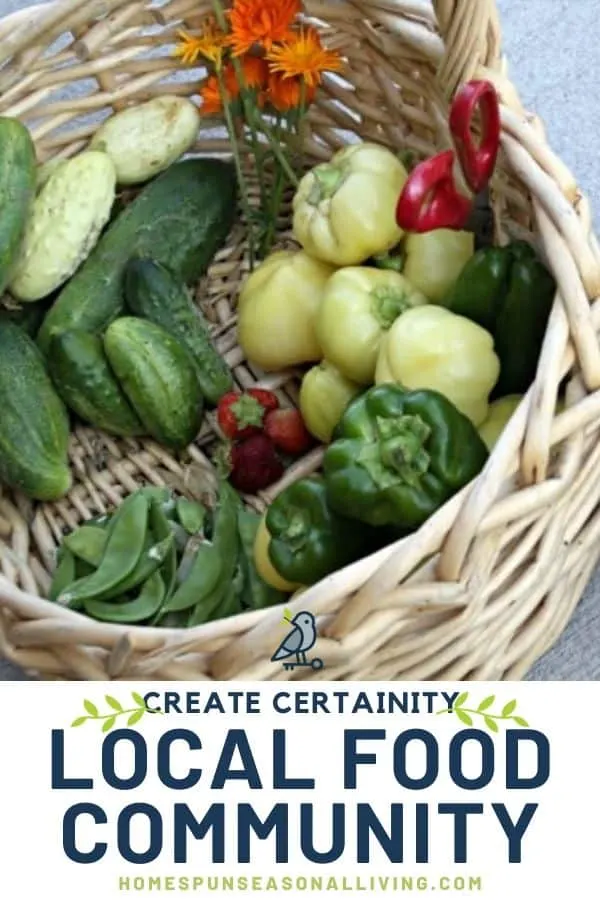
Eating local and seasonally is rather trendy at the moment but it’s as old as humanity itself. We just got disconnected from it in our lives of modern convenience.
The trendiness of it makes it a bit easier at the moment to find local food. However, it’s not always as obvious or as easy as walking through a large grocery store. Building a local food community takes a bit of time but is a worthwhile pursuit and once it’s established it is just as easy as hitting the grocery store.
[mailerlite_form form_id=4]Years ago, I read the book, Coming Home to Eat by Gary Paul Nabhan. It dramatically changed how I look at food and my local community. The book created in me a huge desire to create a community of local food enthusiasts.
In the years since I’ve worked at creating a local food community. It’s not perfect and it’s still growing but it’s most definitely been a worthy investment of time and effort. I don’t believe I have all the answers but these are things that have worked well for me:
Grow Something Yourself
Not everyone has a ton of space for gardens or even the inclination to keep a large garden. There’s nothing wrong with that, however; most everyone can grow a pot of herbs in the window.
This simple act of homegrown produce does so much for our independence and connection to the earth and our local food community.
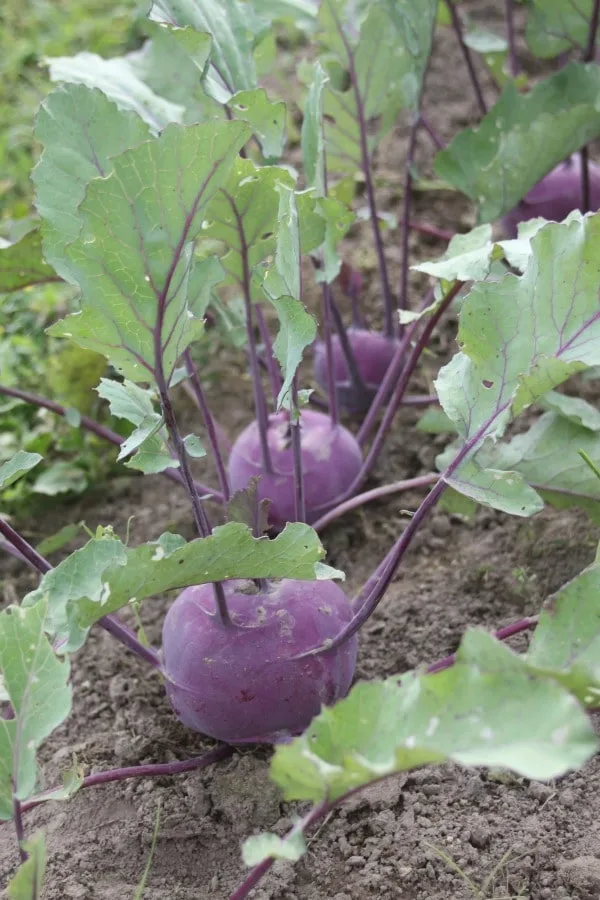
Talk to Your Local Farmers
Go to the farmer’s market, attend open farm days, volunteer. Get to know your local farmers. Talk to them, they generally love to talk about what they’re doing and they are a wealth of information.
They are your first line not only to local food but to other folks interested in local food. They generally know and work with other farmers, producers, and community members and can help you get in touch with these people.
Take Notice of Your Food Shed
When walking around your neighborhood or community take notice of what’s growing. Are there fruit trees being neglected? Does a neighbor have a huge rhubarb patch? Be willing to knock on the door and ask for the plums from that neglected tree. Ask for some extra rhubarb, etc.
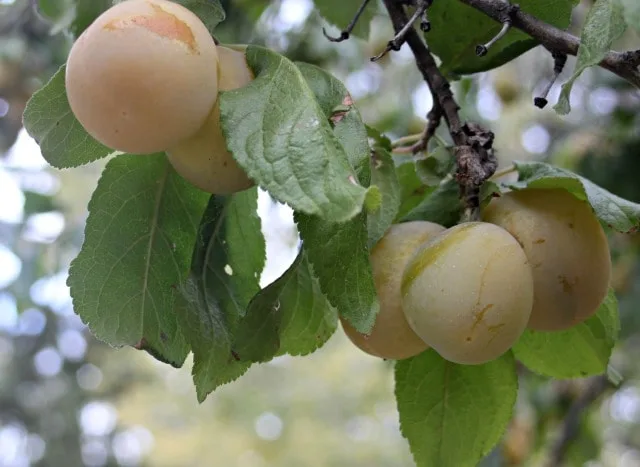
Don’t just take either, offer as well. Offer to trade some of the finished product from whatever you take, some homemade jam for the plums might be more than welcome.
Be respectful when harvesting, treat the property and plants as you would your own.
Forage for Wild Edibles
Take care here, be sure you properly identify every plant before consuming it. When in doubt leave it be! Find a good berry book for your general geographic location, go picking with someone knowledgeable. Take a class on mushrooms or wild edibles and learn how to add these free and local foods to your meals and preservation efforts this way.
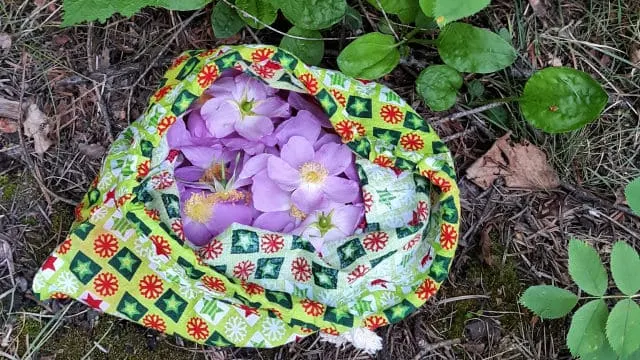
Don’t ignore the common things – dandelion, plantain, violets, roses, and more all have medicinal and edible value.
Buy in Bulk
Buy large shares of local produce including meat products. Buy the side of beef or whole hog. Yes, the initial outlay of cash is more when buying animal products on the hoof but most of the time it will be less expensive for the higher quality meats.
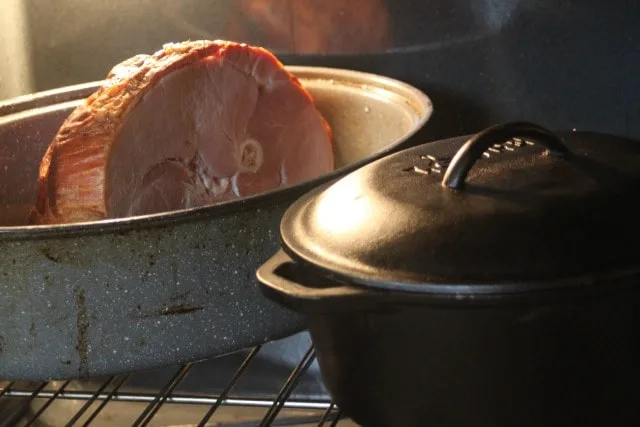
Buy the whole chickens and learn how to break them down yourself or roast them whole and enjoy the leftovers. Learn to use all the fat and bones that come along with such purchases.
Ask for seconds from orchards and farmers. Seconds are the ugly or odd-sized bits of produce. Farmers often have a hard time selling those items at market and are often willing to give price breaks to willing customers. This helps your budget stay on track while also supporting a local business.
Learn to Preserve Food
Everything has a season make the most of seasonal foods by learning to preserve them for later. This doesn’t have to mean 300 jars a year and a root cellar.
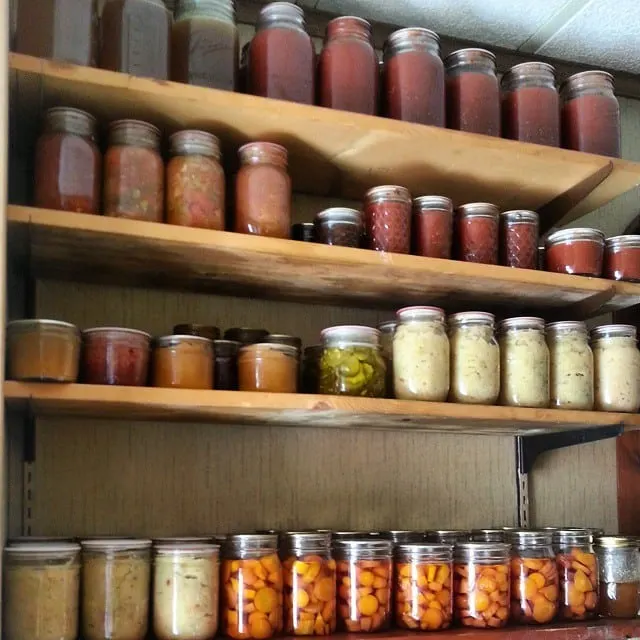
It can simply mean a few dehydrated herbs, maybe some frozen shredded zucchini, and a couple jars of jam.
Do what’s right for your climate and home but do try to save some things from this season for the next.
Look to People not Just Businesses
Attend seed swaps and gardening seminars in your local area. Get to know people and look for opportunities to barter.

It’s a mistake to think that the local food community is only those businesses selling a the farmers market. Look for the neighbor who shares extra produce, connect with the woman at church who knows how to make sourdough, ask the coworker to teach you how to can.
If you’re on Facebook, check for listings in your geographic area for gardeners, yard sale swaps, even food swapping. These groups often share, trade, and sell produce, plants, eggs, animals, baked goods, kefir grains and more amongst members. It’s a great way to trade extras and learn more about your area. These people may already be the foundation of your local food community.
Place Ads
Advertise on Craigslist or other local venues. Place ads asking to pick extra fruit or nuts, again offering to trade extra jam, etc. If you’re having trouble finding someone to help you learn about wild edibles, run an ad seeking a teacher. You might be surprised what turns up.
Use a free service so that your ads don’t cost anything just in case the results are underwhelming. Still use the internet to your benefit even when building a local food community.

While many of these ways focus on finding the food itself, it is the interactions with the people around the food that will eventually build the community. Keep the doors open for new things and the community will build quietly and slowly over time.
This local community may or may not replace the grocery store but it will definitely help you feel less dependent on things that are trucked in from far away.
What would you add to this? How are you building your local food community?
susan
Sunday 13th of August 2023
I live in an area with many summer visitors and many of them will walk around the neighborhoods. If I am out working in the garden and have extra vegetables I always ask if they would like some. I have yet to be turned down and feel good about paying it forward and to making new friends. I had one woman who saw I had planted Mache this spring just to try it. She stopped by and told me about her grandmother who always planted this lettuce growing up in Germany. She then proceeded to tell me how to harvest it. (I had no idea) Gave her some and then she came back with her mother to expand on the story. It was great and now I am getting ready to plant my fall crop of it more confident than I was in the spring.
Robin Kelson
Wednesday 1st of February 2017
this is great, Kathie!
Homespun Seasonal Living
Wednesday 1st of February 2017
Thank you so much Robin!